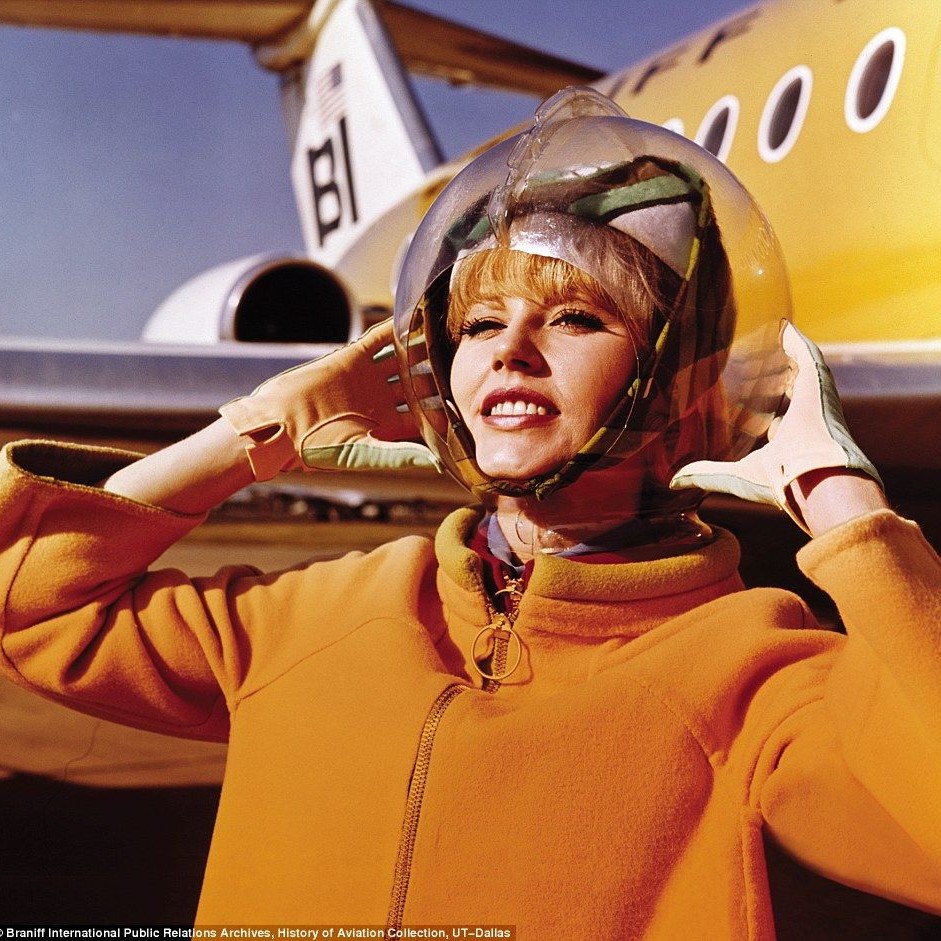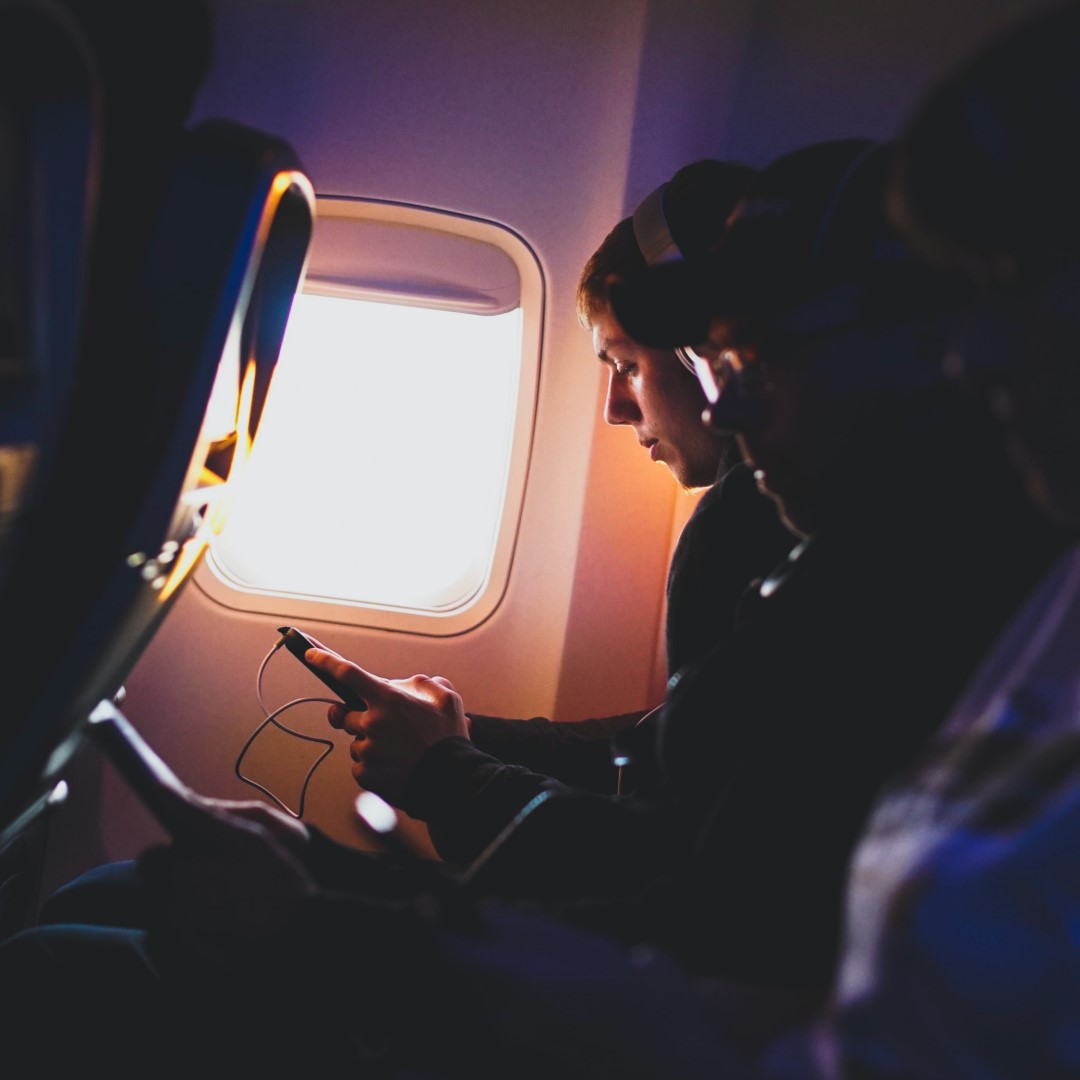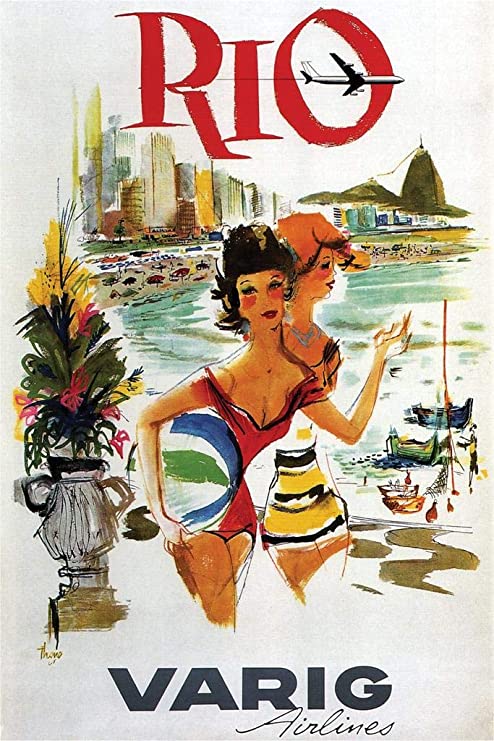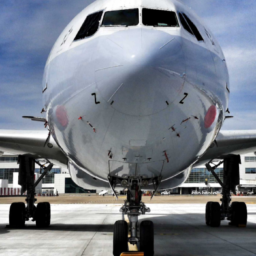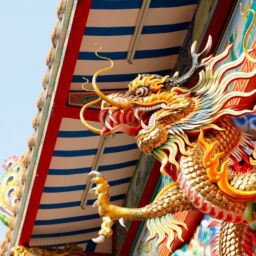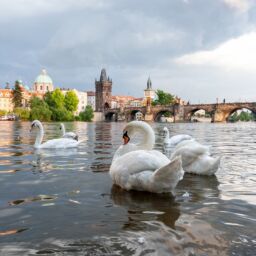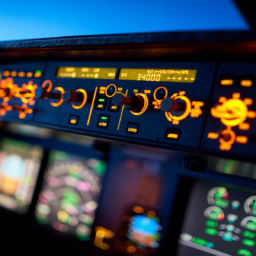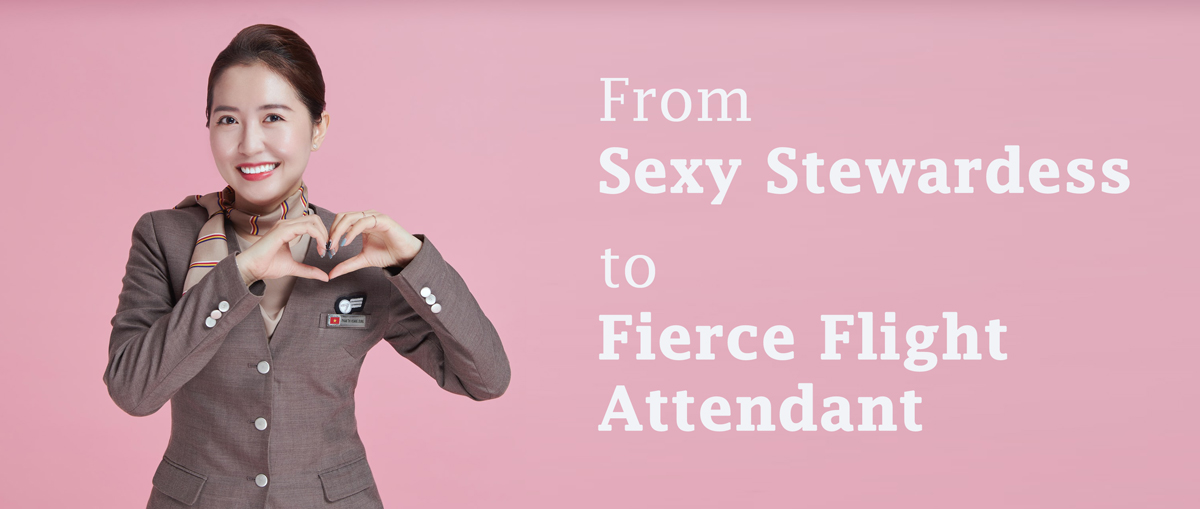
When I tell someone about my former job as a flight attendant, I often get enthusiastic reactions. That’s not surprising. For decades, the job as a cabin crew member captures the imagination of young and old, and is often regarded as living a luxurious life and traveling to exotic destinations.
Too often passengers see our job as flight attendant as nothing more than smiling friendly and serving champagne. They believe our life is filled with glitter, glamour and parties on white beaches. Well, I don’t need to tell you that being cabin crew is much more than just serving drinks. We have a lot of responsibilities, when it comes to aviation safety, emergency procedures, fire drills and medical urgencies. Somewhere in the sky, right now, some flight attendant offers lifesaving assistance to a passenger! This passenger knows better.
Our profession has gone through many changes over the years. The perception of glitz is based on a bygone era. The job changed from sexy stewardess to fierce flight attendant. I like to take you on a short journey through time, and discover how ‘our life in the sky’ started and how it evolved into what our profession is today.
Twenties & thirties: co-pilots and nurses
Commercial passenger flying started in the 1920’s. On the very first flights, it was the first officer’s job to look after the passengers! Shortly after, the first stewards working in the cabin (yes, all men) were added to the crew. It wasn’t until the 1930s that the first ladies made their appearance, at pioneer United Airlines. But without much glamour!
These ladies were actually nurses who helped the passengers with air sickness and calmed those with fear of flying. Their uniform? A white nurse outfit. The first female flight attendant, Ellen Church, was a registered nurse and a licensed pilot! At the time, pilot jobs were not open to women.
Forties & fifties: hello pretty piece of flesh
During the war years there was a great demand for nurses in field hospitals. Most of the flying nurses returned to the ground, and many male colleagues followed. This prompted the opening of the cabin crew profession to young women without a medical background. In addition to all emergency procedures, the training for new cabin crew was adapted to include a medical course on first aid.
In the fifties, airlines started to set absurdly high physical criteria, centered on the (alleged) ideal sizes of a Barbie doll. A corset and high heels emphasized the sexy look even more. Marriage and weight gain were valid reasons for dismissal (say what?). And the career ended at the age of 32 years, a matter of looking good until you retire.
The female flight attendant was turned into a sex symbol. The uniform skirts became shorter and the contacts with passengers became more personal and sometimes flirtatious. Believe it or not, some airlines advertised the aisle seat, not to go to the toilet faster, but to admire the legs of the female cabin crew. This was an era when airlines like Pan Am advertised quotes like, “How do you like your flight attendants?”. With #metoo such slogans are unthinkable these days.
Sixties & seventies: fly boys and fashionistas
The era of rigid restrictions is coming to an end with the signing of the Civil Rights Act in 1964. The law ensured that airlines could no longer fire their employees if they wanted to get married or when they gained a few pounds. Discrimination based on race, sex and age was also banned.
In the early 1970s, airlines began recruiting more male cabin crew. The term “flight attendant” was introduced to combine both genders in a single term.
The women’s uniform was elevated to a real fashion statement. Think of the world-famous collections that Pucci designed for Braniff International (visit here). One of those collections included a real spacesuit, with a plastic ‘space bubble’ around the head! It might come in handy today with covid-19 in the cabin. The 1970s witnessed some serious out-of-the-box aesthetic: hot pants with flashy boots in the most amazing color combinations. Flower power at its best. The underlying marketing strategy that ‘sex sells’ was still prominent. On the ground, flight attendants were often invited to all kinds of glamorous parties, where they acted as arm candy for the rich and powerful.
Aviation was all about travel, and the crew often spent a few days in outstation. Iconic posters from famous airlines linked the brand name to idyllic beaches and palm trees. Hence the perception that pilots and cabin crew spend their lives at the beach.
Eighties & early twenty-first century: done with mundane
While in the early years of commercial aviation it was a real privilege to board an airplane, flying gradually became more commonplace. As airline tickets became cheaper in the 21st century, not only the wealthy but a more diverse audience could travel by plane. This radically changed the relationship between cabin crew and passengers. Aside from the business class passenger who pays for more legroom and the extra personal attention from the cabin staff, many economy class travelers revile the cabin crew when they ask to straighten the seat back and fold the table. The contact with the individual passenger became purely anonymous.
With the increasing number of personal headsets and video games or movies on cell phones, you often want to pull out the megaphone to ask if Mr. or Mrs. or other can fasten the seat belts for turbulence. Especially with low-cost carriers, there is no longer any time for personal contact between cabin crew and passengers.
The evolution from “individual quality” to “commercial quantity” at the beginning of the 21st century is also reflected in the uniforms. Where previously renowned couturiers were hired to design new uniforms, and both the summer and winter outfits were cut from high-quality fabrics, the design and quality of the uniform in several companies lowered to what you would expect from a cheap restaurant chain along the highway. The classic high-heeled skirts and dresses were relegated to comfortable trouser suits with sneakers. Fans among the cabin staff applaud the comfort, while counterparts regret that the little cachet that remained is gone forever.
And Today
With 40 million flights a year (pre covid-19), our job is a constant run for on-time departures. We perform deadly long duties, often 10 hours to 16 hours a day. A two-night layover on white beaches is rather an exception, in stark contrast to the hasty up-and-down flights in all directions across the continent. And for those that fly only long haul, the jetlag and countless overnights in Sydney or Rome may no longer feel like vacation.
Nowadays, the job as flight attendant is far away from that romanticized reality. It’s intensive and hard work, always on your toes for bad online reviews from high-demanding passengers or thrill-seeking vloggers.
But while much of its glory has faded over the years, flying as cabin crew is still a unique profession. No job on the ground can replace the view from the airplane window, high above the pastel-colored clouds.
Sources: Wikipedia, Simpleflying, Shobby
Share this article with your friends and colleagues:




